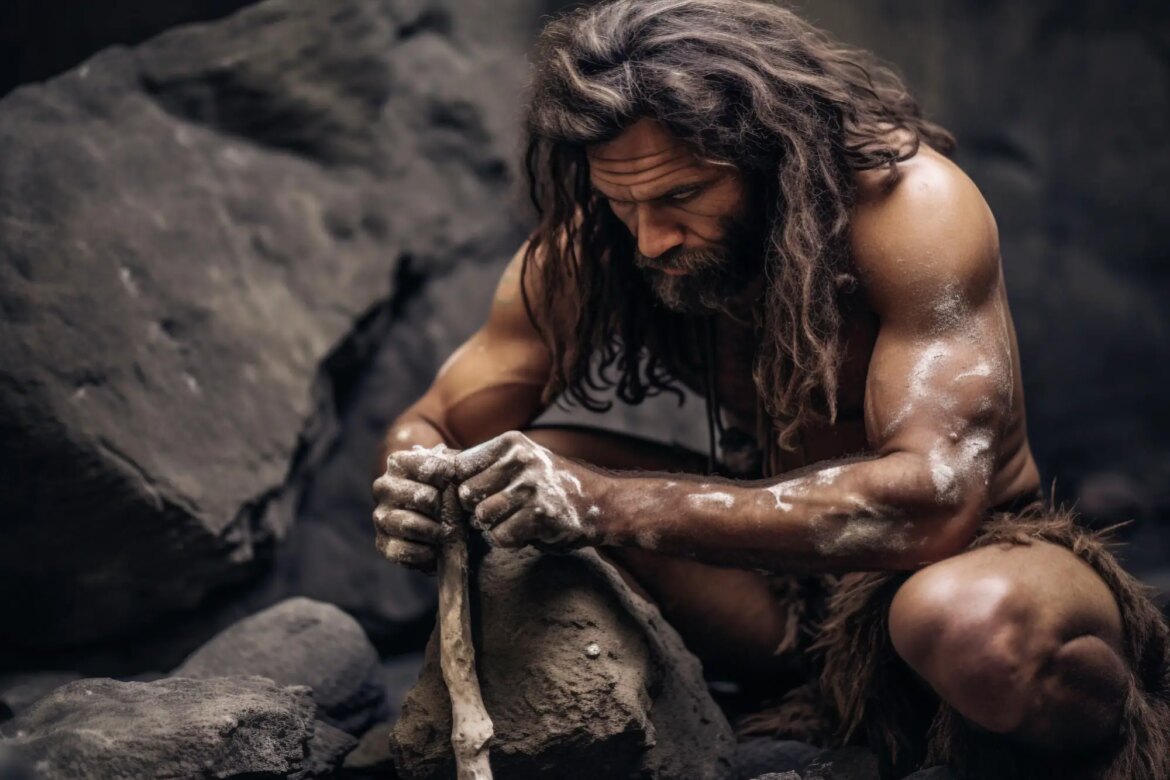A recent study published in PLOS ONE unveils intriguing findings about the bone remains discovered in the Cueva de los Mármoles cave, shedding light on their purpose in prehistoric societies. Contrary to the assumption of consumption, these bones were meticulously modified for ritualistic and instrumental use, spanning from the Neolithic to the Bronze Age. This collaborative research, led by the University of Bern in Switzerland and featuring University of Cordoba researcher Rafael Martínez Sánchez, challenges our understanding of funerary practices in ancient times.
Methodology and Discoveries
The research team meticulously examined over 400 remains, encompassing both adults and preadults, found within the Cueva de los Mármoles in Priego de Córdoba. These well-preserved artifacts, now housed in the town’s Archaeological Museum, underwent scrutiny through high-resolution molds and electron microscopy. Notably, the analysis revealed marks on the bones consistent with a cleaning process, suggesting their transformation into tools rather than intended consumption.
Determining whether these marks indicated tools or food usage posed a challenge, given the surface deposition of these remains in the cave, leaving them susceptible to various taphonomic modifications over the centuries, such as animal interactions and trampling. However, the study firmly discounts the possibility of these bones being employed to extract soft tissues for consumption, instead pointing to a deliberate and careful cleaning process suitable for instrumental use. Among the findings were a fibula with a pointed end, a modified tibia, and a skull.
Historical Significance
Furthermore, carbon-14 dating of twelve specimens unveiled three distinct periods of funerary use in the cave: around 3800 BC, 2500 BC, and approximately 1,300 or 1,400 BC. The earliest of these periods coincides with the Neolithic era, marked by the proliferation of dolmens designed for collective burials. This historical overlap between initial cave burials and the rise of Megalithism, combined with the nature of the bone marks, reinforces the hypothesis that these human remains were intentionally fashioned into instruments for specific rituals.
As Martínez Sánchez posits, “It seems that there was the idea of grouping the dead in the same place, cleaning the remains, and using the bones as instruments, perhaps related to some type of ritual performed inside the cavity.”
This study substantiates the notion that these skeletal remains were not associated with consumption but rather served more intricate cultural and ritualistic purposes after their deposition. Furthermore, this practice appears to have endured for a significant period, stretching from the late Neolithic to the Bronze Age, defying expectations regarding the continued use of the cave for body deposition.
In conclusion, the research challenges prevailing assumptions about the utilization of human remains in prehistoric times, highlighting their deeper significance within the cultural and ritualistic landscape of ancient societies.
Table of Contents
Frequently Asked Questions (FAQs) about Ritualistic Bone Modifications
Q: What were the primary findings of the study conducted in the Cueva de los Mármoles cave?
A: The study in the Cueva de los Mármoles cave revealed that the bone remains found there were not modified for consumption but rather for ritualistic and instrumental use. This discovery challenges the previous assumption that these bones were used as food.
Q: How were the bone remains analyzed in this research?
A: Over 400 bone remains, including both adults and preadults, were meticulously analyzed. The examination involved high-resolution molds and electron microscopy to observe marks on the bones, which were then compared to determine their purpose.
Q: What did the marks on the bones suggest about their use?
A: The marks on the bones indicated a careful cleaning process, consistent with their transformation into tools rather than being used for obtaining soft tissues for consumption. This finding contradicts the notion of these bones being used as food.
Q: What historical context was established regarding the use of the cave for funerary practices?
A: Carbon-14 dating of twelve remains indicated three distinct periods of funerary use in the cave: around 3800 BC, 2500 BC, and approximately 1,300 or 1,400 BC. The earliest period corresponds to the Neolithic era, coinciding with the proliferation of dolmens designed for collective burials.
Q: How does this research challenge previous understanding of prehistoric funerary practices?
A: The study challenges the prevailing assumption that these bone remains were solely intended for consumption. Instead, it suggests that they were carefully modified for ritualistic and cultural purposes, spanning from the late Neolithic to the Bronze Age, defying expectations regarding the continued use of the cave for body deposition.
More about Ritualistic Bone Modifications
- PLOS ONE Study
- University of Cordoba
- University of Bern
- Neolithic Era
- Megalithism
- Cueva de los Mármoles



5 comments
electron microscope, fancy sciency stuff, luv it
wow, this study so fascinatin, bone changes for ritul! very old times stuff
Cueva de los Mármoles, amazin place, wanna visit!
cool, so dey used bones for, like, tools, not eatin? mind blowin!
cavemen were into some weird things, cool they buried ppl together